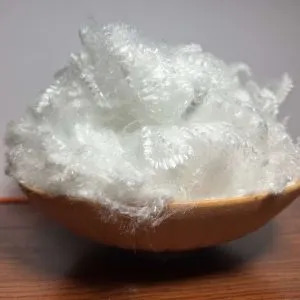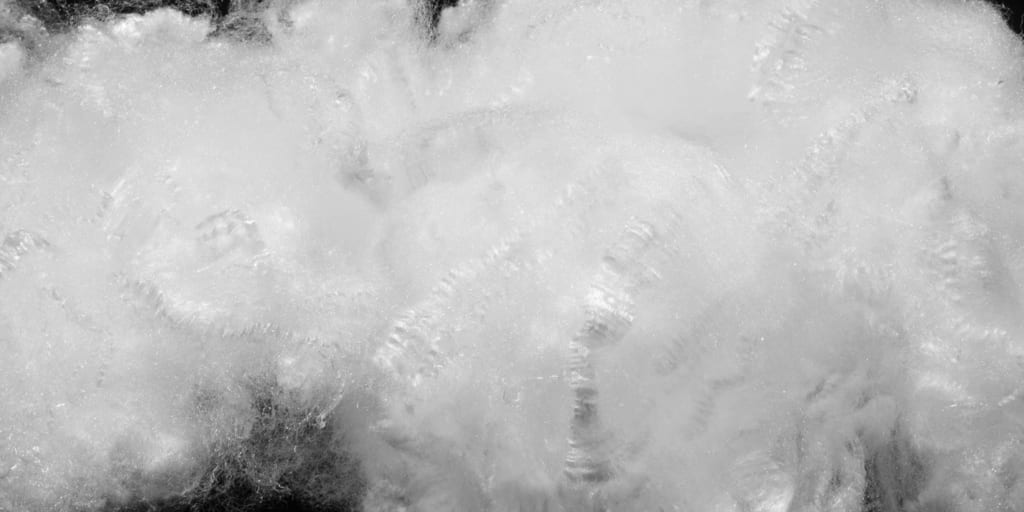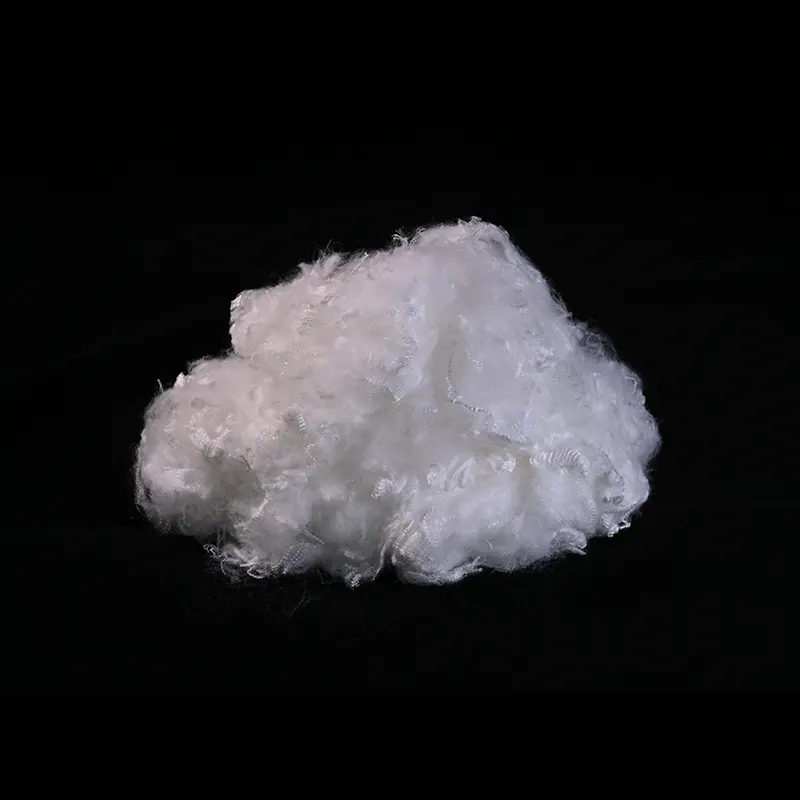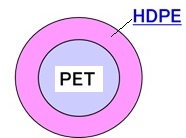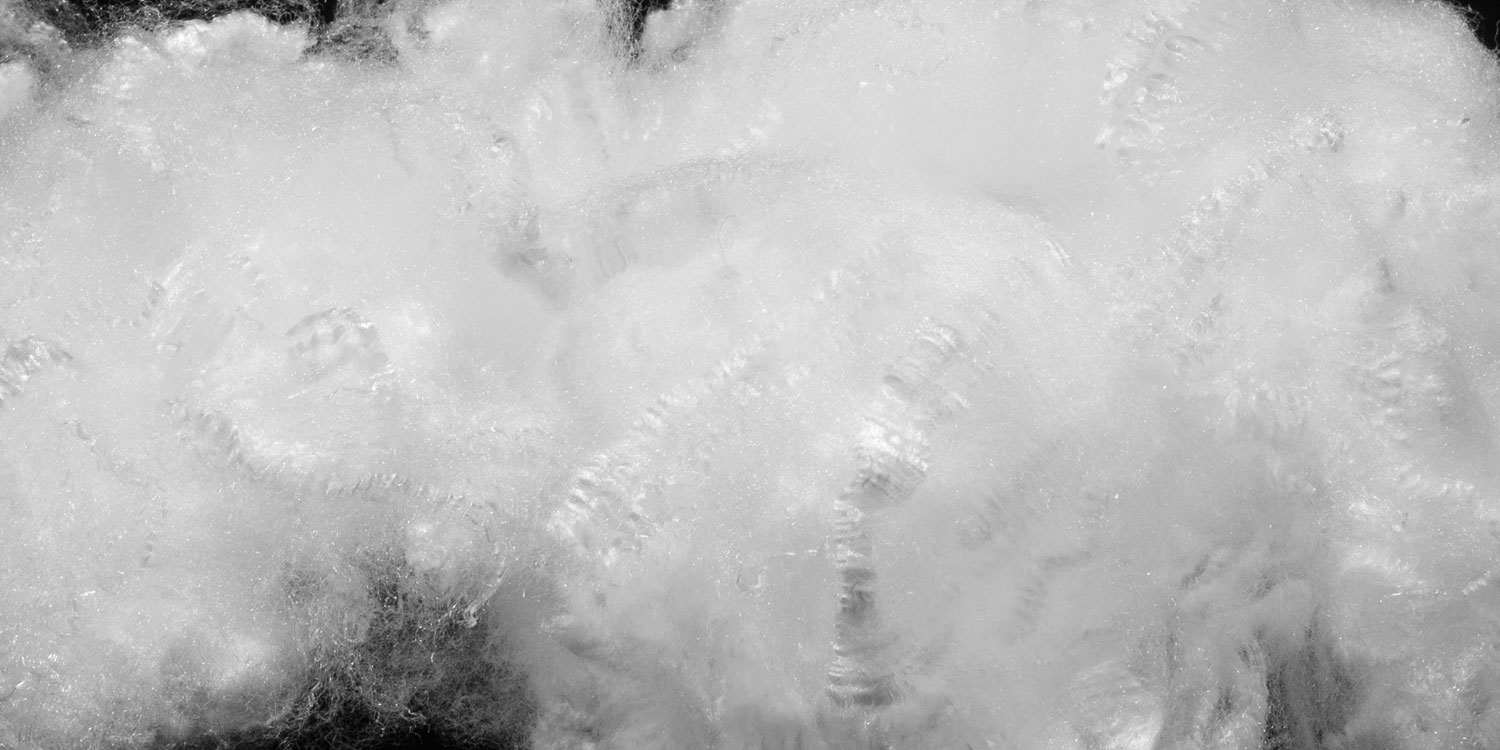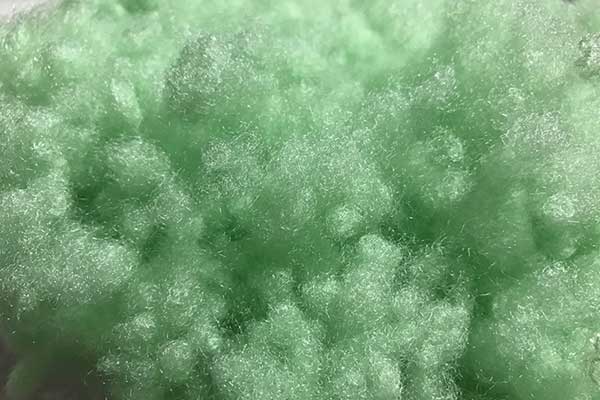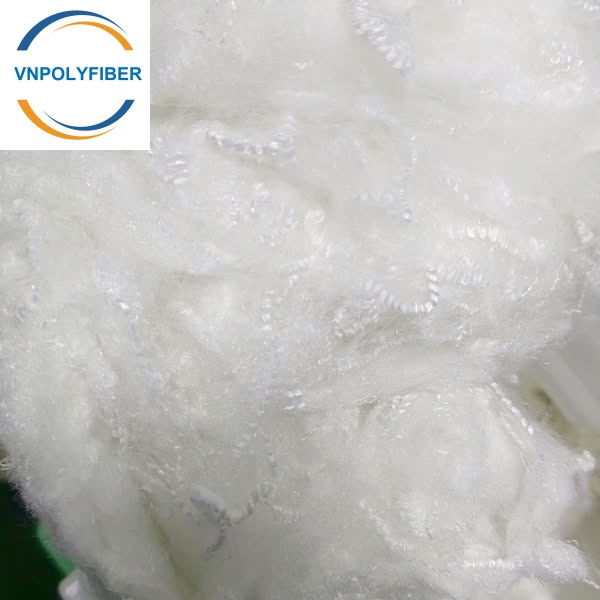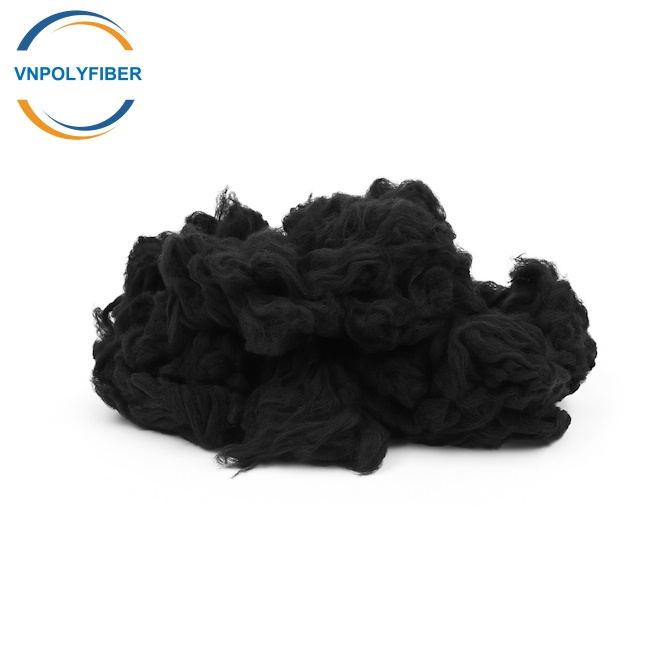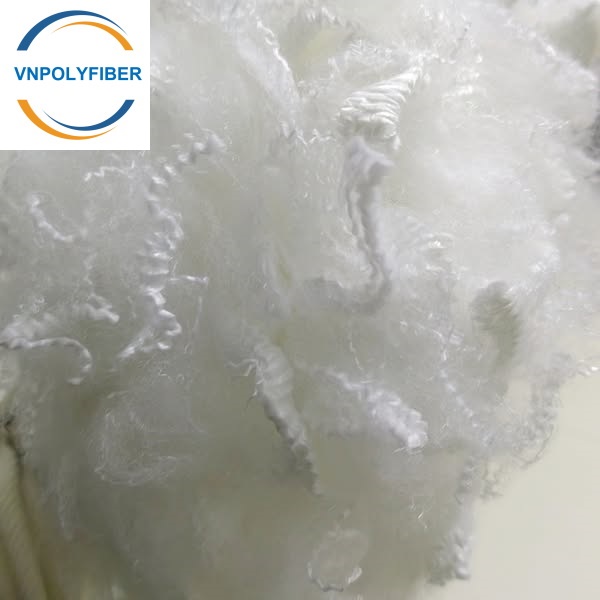Bicomponent Fiber
- Bicomponent fibers are extensively used in nonwovens for products like baby diapers, medical textiles, wipes, and filters due to their softness, strength, and bonding abilities.
- Material: PP/PE
- Fiber Type: Bicomponent ES
- Color: Raw white
- Fineness: 1.4D-20D
PRODUCT DETAIL
Technical Parameter
Technical Data
- Material: PP/PE
- Fiber Type: Bicomponent ES
- Style: Solid
- Grade: Virgin
- Use: Non-Woven Fabric
- Fiber Length: 3mm-102mm
- Fineness: 1.4D-20D
- Place of Origin: China
- Brand Name: VNPOLYFIBER
- Product Name: Bicomponent Fiber
- Color: Raw white
- Raw Material: PP and PE
- Payment Terms: TT 30/70
- Packing: PP Woven Bag
- Usage: Hygiene product
- Delivery Time: Within 15 Days
- MOQ: 1x40ft HC, 22-23 tons
Video
FAQ
1. What do you offer?
We produce recycled hollow conjugated siliconized and non-siliconized polyester staple fiber mainly, we can make hollow fiber (HS/ HD) and virgin polyester staple fiber HCS as well.
2. What is it used for?
Our fiber is widely used in filling, non-woven fabric
3. Are you a factory or a trading company?
We are a factory specialized in polyester staple fiber for many years but now we also have our own professional trading company. We will source many types of textile products such as yarn, PP fibers from others to supply our own customers as well. We also provide our own customers with other related products such as: Foam, Pillows, Cushions, Toys, Down/ Feather,…
4. Where is your factory location?
Our factory locates in the north and the south of Vietnam. You can visit us from Ho Chi Minh City and Hanoi City, Vietnam. You could contact our salesman to fetch you if visiting.
5. Can you accept free sample?
Yes, the hand sample is free when not exceed 1 kilograms. Upon price confirmation, we will provide a sample within 2-3 days; the freight cost will be charged to client.
6. Can you provide ODM service?
Yes, we work on ODM orders. Which means size, material, quantity, design, packing solution, etc, will depend on your requests, and your logo will be customized on our products.
7. How about your quality? What’s the minimum order Quantity (MOQ)?
Please try a trial order, you will know it. The MOQ is 23,000 Kilograms/order, but the price will be lower if you order bulk volume.
8. Can I mix different items in one order?
Sure, you can mix any products we can provide.
9. How can you guarantee the product quality?
We have experienced QC team. We control not only productive process but also raw material. In addition, we have different kinds of testing instrument to help us guarantee the product quality.
10. What’s the payment terms?
L/C at sight, 30% TT in advance are mostly accepted; other terms shall be negotiable by both sides
For more information, please feel free to contact :
Mr. Tony Tan
Mobile number: +84 90 466 5251 (Whatsapp/Wechat/Viber)

